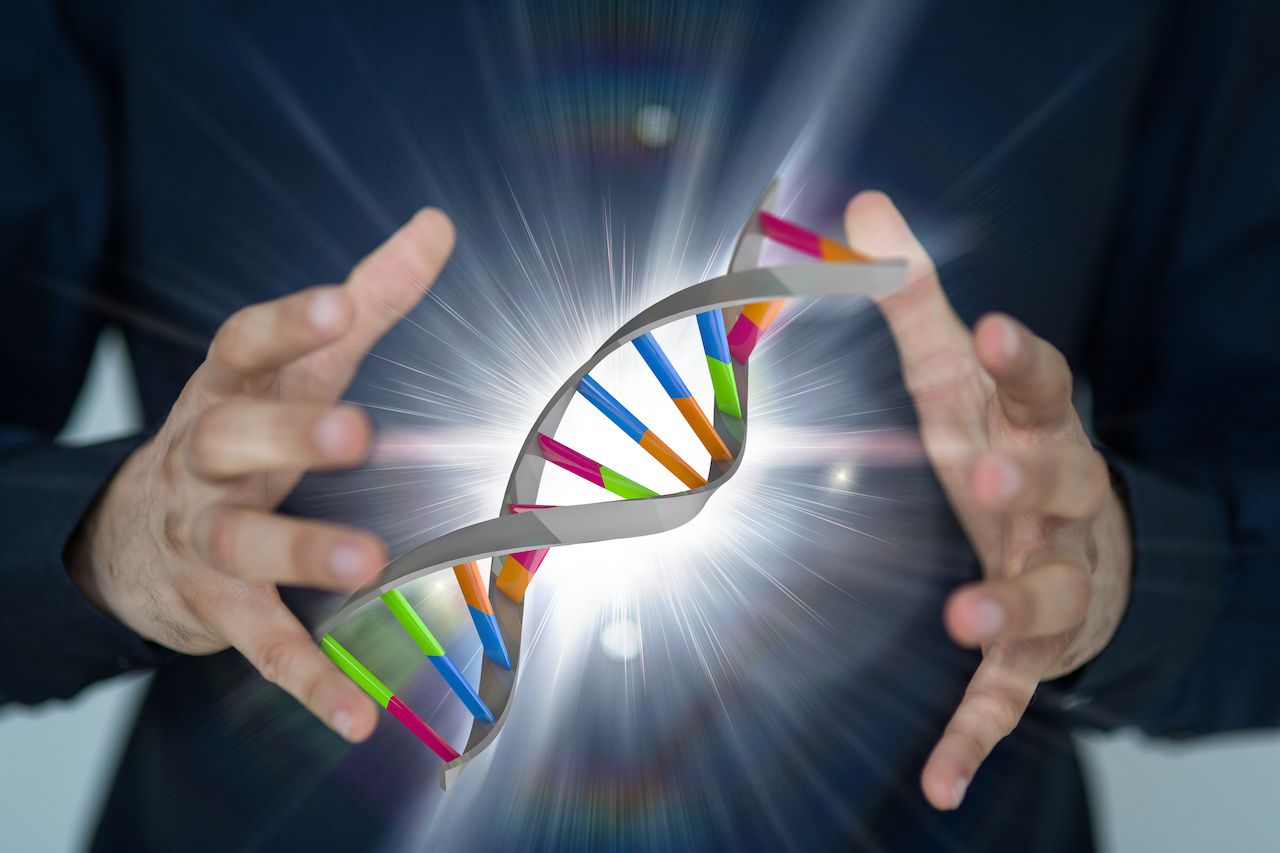
Gene therapy is a potential single-dose treatment option that researchers hope to bring to clinical reality for patients with SMA. But thus far, none have gained approval for this indication and serious adverse effects, including patient deaths on high-dose regimens, have affected the pace at which viral gene therapies are developed.
There are different forms of gene therapy, but the strategy of interest for SMA is gene supplementation via viral gene therapy. This form of therapy uses modified viruses based on adenovirus, retrovirus, and adeno-associated virus (AAV) to deliver therapeutic genes to affected cells. The elements of a viral gene therapy are a promoter, therapeutic transgene, regulatory elements, and signal sequences that enable packaging into a vector, which is used to deliver the therapy to affected cells.
There have been more than 200 trials showing that recombinant AAVs (rAAVs), which are nonpathogenic to humans and require co-infecting helper viruses, have generally good safety profiles. Viral gene therapy for patients with SMA, particularly its most severe form of type 1 (SMA1), has changed rAAV gene therapy overall. Those with untreated SMA1 experience muscle weakness and trouble breathing, coughing, and swallowing. They also are unable to roll over or sit independently. This form of SMA can be fatal early on.
When 15 infants with SMA1 received the viral gene therapy rAAV9.SMN intravenously, they all reached age 20 months and could breathe without a ventilator. Untreated, these children would have to depend on respirators and most do not live past 18 months. A cohort of 12 patients was given a higher dose, and 11 of those infants attained head control and unassisted sitting. In that subgroup, 2 also could crawl, stand, and walk independently.
In treatment for neurological diseases, access to the central nervous system has always been a barrier. AAV9 delivered intravenously cuts out the neurosurgical risks associated with intraparenchymal injections of these drugs, but it requires high vector doses and carries a risk of off-target effects, hepatic transaminitis, and host immune response.
Where safety was concerned, 2 patients experienced transient hepatic transaminitis that was controlled with oral prednisolone. More than 100 patients were included in extended trials, encompassing patients with other SMA types,as well. Progression of underlying disease was the cause of 2 recently reported patient deaths.
Overall, there have been more than 40 viral gene therapy clinical trials including more than 600 children with pediatric neurological diseases in the past decade, the authors note. “These studies have demonstrated clinical impact, particularly in neuromuscular disorders, and they provide positive results of safety and efficacy for several untreatable life-limiting pediatric neurological diseases.”
Even with viral gene therapy moving closer to clinical application in SMA, there is still the issue of speedy diagnosis given the disease’s quick progression. For this reason, newborn screening is of the utmost importance to identify patients with SMA.
Reference
Privolizzi R, Chu WS, Tijani M, NG J. Viral gene therapy for paediatric neurological diseases: progress to clinical reality. Dev Med Child Neurol. Published online April 9, 2021. doi:10.1111/dmcn.14885
"impact" - Google News
September 27, 2021 at 12:06AM
https://ift.tt/3ueEnQ7
Risk vs Impact: Viral Gene Therapy for SMA - AJMC.com Managed Markets Network
"impact" - Google News
https://ift.tt/2RIFll8
https://ift.tt/3fk35XJ
Bagikan Berita Ini















0 Response to "Risk vs Impact: Viral Gene Therapy for SMA - AJMC.com Managed Markets Network"
Post a Comment